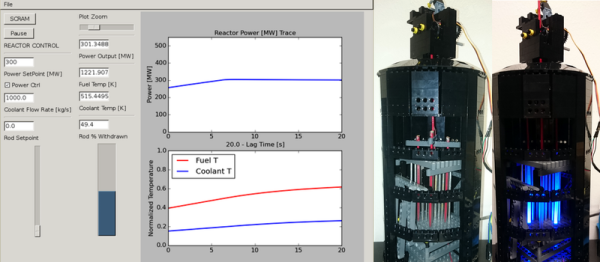If you want to sell a toy for the toddler crowd, it ought to be pretty close to indestructible. A lot of toys out there are just plain nonsense game-wise and therefore waste their beefy potential. [2dom]’s wife was close to throwing out such a toy—a Little Tikes Goofy Ball. The thing literally does nothing but let you push its big buttons in. After some time passes, it pops them back out again and giggles. Game over. [2dom] rescued it from the trash and turned it into a toy that plays math games.
[2dom] removed the existing board and replaced it with an Arduino Pro Mini and a Darlington array that drives the motor that pops the buttons back out, the speaker, and a Nokia 5110 screen. Upon startup, the user chooses between addition, subtraction, and multiplication questions using the appropriate button. Questions appear in the middle of the screen and multiple choice answers in the corners.
Choose the right answer and the ball cheers and shows one of a few faces. Choose the wrong answer and it makes a buzzing sound and shows an X. There is an adaptive level system for the questions that [2dom] doesn’t show in the demonstration video after the break. For every five correct answers, you level up. His 3- and 5-year-olds love it. For more advanced teachable moments, there’s this toy-turned-enigma-machine.
Continue reading “Mindless Toddler Toy Becomes Teaching Tool”

















